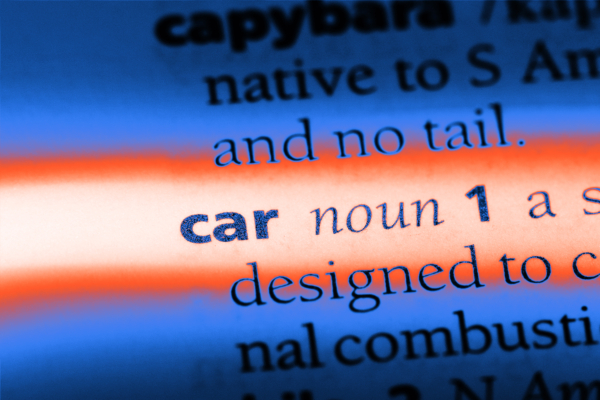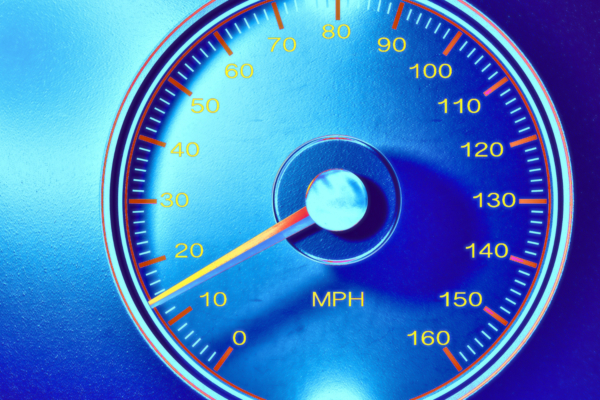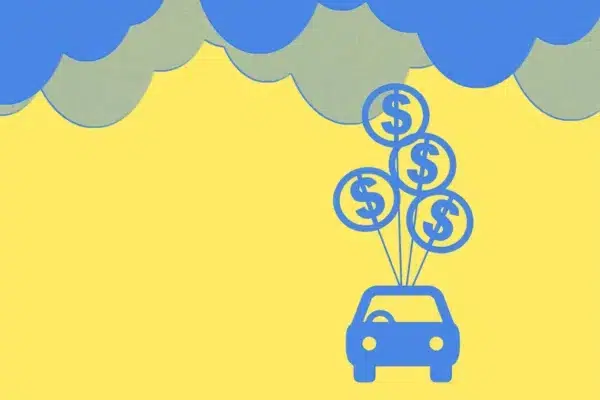
The Downsides of Leasing a Car

Leasing a car can be tempting, especially in today’s economic climate with high interest rates making auto loans more expensive. On the surface, leasing may seem like an appealing option with lower monthly payments and the ability to drive a new car every few years. However, the downside of leasing a car can outweigh the benefits, particularly if you’re not fully aware of the fine print and long-term financial implications. Let’s break down when leasing versus buying a car might make sense, and when you should consider purchasing a car instead.
The Appeal of Leasing
Leasing a car has some undeniable benefits that attract many drivers. Monthly lease payments can be lower than loan payments for purchasing a vehicle, making it an attractive option for those looking to drive a newer model without committing to the higher costs of ownership. Lease contracts also often come with lower down payments, which can be a relief for your immediate financial situation. Additionally, leasing allows you to avoid the hassle of selling or trading in your car when you’re ready for something new—you simply return the vehicle to the dealership at the end of the lease term.
Leasing also offers the flexibility of driving a new car every few years, which means you’re always covered by the manufacturer’s warranty, and you can enjoy the latest features and technology. For some, this is a significant benefit, as it eliminates concerns about repairs or being stuck with an outdated model.
However, while leasing may seem like the more affordable and convenient option at first glance, there are several downsides to consider that could make it less attractive in the long run.
The True Cost of Leasing
One of the biggest downsides of leasing a car is the accumulation of costs over time. While buying a car may mean higher monthly payments initially, when leasing, your monthly payments never lead to ownership of the vehicle. At the end of your lease term, you have nothing to show for the money you’ve spent, and if you decide to lease another vehicle, you’re essentially starting from scratch with a new set of payments.
Moreover, lease contracts often include various fees that can add up quickly. These might include acquisition fees, disposition fees, and penalties for early termination of the lease. If you decide to end your lease early, you could face substantial costs, which might negate any savings you initially thought you were making.
Mileage Restrictions and Penalties
When you lease a car, one of the most significant limitations of the lease terms is the mileage restriction. Most lease contracts allow for a certain number of miles per year, typically around 12,000 to 15,000 miles. If you exceed this limit, you’ll be charged for excess mileage, which can be costly. These charges can range from 15 to 30 cents per mile, and if you drive a lot, this can add up quickly.
For example, if you drive 5,000 miles over your limit at 25 cents per mile, you’ll owe an additional $1,250 at the end of your lease. This is an important factor to consider, especially if your lifestyle requires more driving, as it could make leasing a more expensive option than anticipated.
Excess Wear and Tear
Another potential cost associated with leasing a car is the charge for excess wear and tear. When you return your leased vehicle, it will be inspected for any damage beyond “normal” wear and tear. This can include scratches, dents, and interior damage. If the car is deemed to have more wear and tear than what is considered normal, you’ll be responsible for covering the cost of repairs.
For drivers who use their cars frequently or for those with young children or pets, this can be a significant downside. The wear and tear fees can be unexpected and costly, making leasing less financially advantageous.
Lack of Flexibility
Leasing a car locks you into a contract for a specific term, usually two to four years. While this might seem reasonable at first, life circumstances can change quickly, and the lack of flexibility can be a drawback. If you need to move, change jobs, or experience a financial setback, you may find yourself stuck with a car lease that no longer suits your needs, and if you need to end your lease early, it’s not only difficult—it’s also quite expensive. Early termination fees can be steep, and you might even be required to pay off the remaining balance of the lease. This lack of flexibility is a major downside of leasing a car, as it limits your ability to adapt to changing circumstances.
Long-Term Financial Implications
One of the most critical considerations when deciding between leasing and purchasing a car is the long-term financial implications. While leasing might seem cheaper in the short term, purchasing a car is generally a better financial decision in the long run. When you buy a car, each payment goes towards owning the vehicle outright. After the loan term ends, you have a car that you can continue to use without making any more payments, or you can sell or trade in the car to recoup some of your investment.
In contrast, leasing is a perpetual cycle of payments without the benefit of ownership. You’re continuously paying for something that you’ll never own, and if you keep leasing vehicles, you’re essentially renting your car for life. For those focused on long-term financial health, this is a significant downside of leasing a car.
When Leasing Might Make Sense
Despite the downsides, there are situations where leasing might make sense. For instance, if you prefer driving a new car every few years and don’t mind never owning a vehicle, leasing could be a viable option. Additionally, if you don’t drive many miles and take good care of your cars, you might avoid some of the common pitfalls like excess mileage and wear and tear charges.
Leasing can also be beneficial for those who use their car for business purposes, as lease payments may be tax-deductible, depending on your situation. However, these advantages are often outweighed by the long-term costs and lack of flexibility associated with leasing.
Conclusion: Is Leasing Right for You?
Leasing a car can be an attractive option for those who want lower monthly payments and the ability to drive a new car every few years. However, the downsides of leasing a car—such as mileage restrictions, excess wear and tear fees, lack of flexibility, and the absence of long-term financial benefits—can make it less appealing for many drivers.
Before deciding to lease or buy, it’s essential to carefully consider your driving habits, financial goals, and lifestyle needs. If you’re looking for a short-term, low-commitment option and don’t mind the limitations of a lease contract, leasing might be right for you. But if you’re focused on long-term financial stability and prefer the benefits of owning your vehicle, purchasing a car is likely the better choice.
Ultimately, you’ll have to weigh the pros and cons of leasing a car against your unique circumstances and financial objectives. Understanding the potential benefits of leasing, as well as the downsides, will help you make an informed decision that aligns with your goals for the short and long term.




